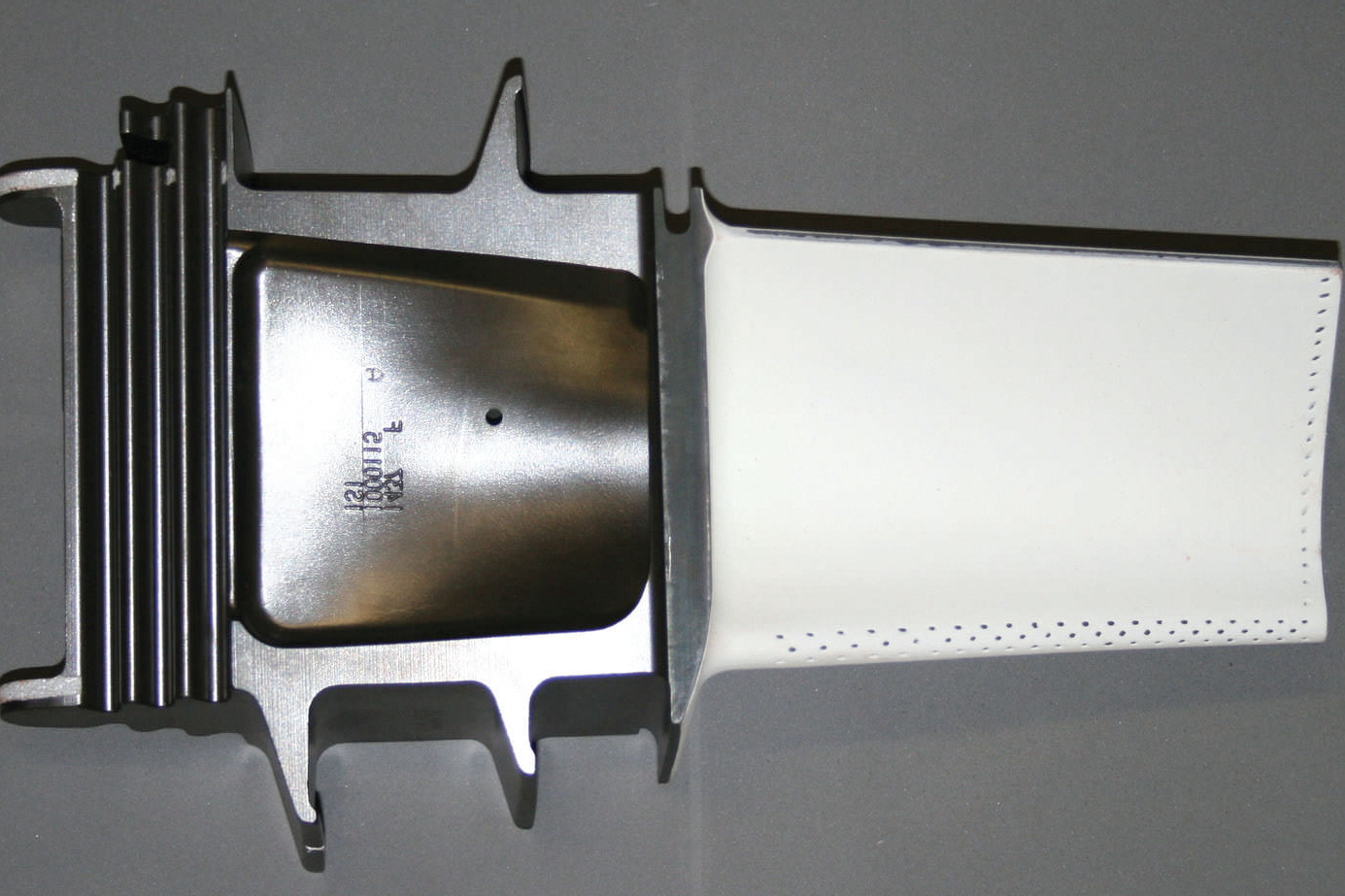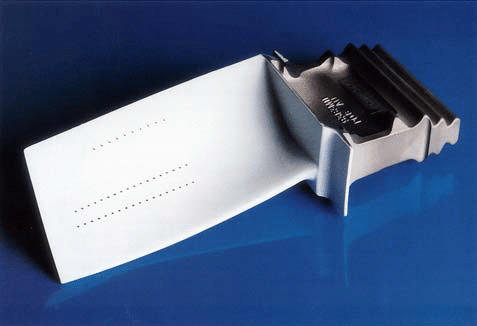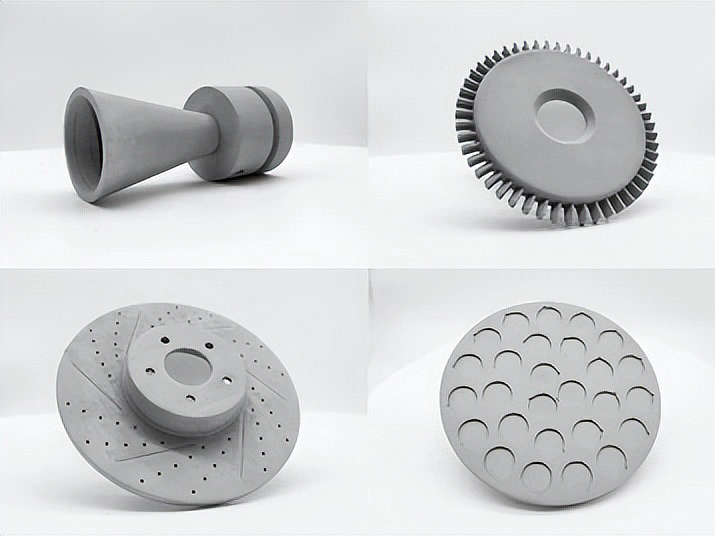What are the most common 3D printing technologies for ceramics?
What Are the Most Common 3D Printing Technologies for Ceramics?
1. Stereolithography-Based Ceramic Printing (Ceramic SLA/DLP)
Process Overview: SLA and DLP-based ceramic 3D printing use photosensitive ceramic slurries cured layer by layer using UV light. These slurries contain high concentrations of ceramic particles suspended in a resin matrix.
Advantages:
High resolution and surface finish
Suitable for fine-featured parts like dental restorations or microfluidic devices
Compatible with materials such as Zirconia, Alumina, and Hydroxyapatite
Applications: Medical implants, dental prosthetics, precision components, and biomedical scaffolds.
2. Binder Jetting
Process Overview: Binder jetting builds parts by selectively depositing a liquid binder over a bed of ceramic powder. The green part is later sintered to achieve high density and mechanical strength.
Advantages:
Scalable for batch production
No thermal distortion during printing
Good for parts made from Silicon Carbide, Boron Carbide, or Silicon Nitride
Applications: Energy, armor systems, wear-resistant components, and structural insulators.
3. Material Extrusion (Fused Filament Fabrication for Ceramics)
Process Overview: Also known as Fused Filament Fabrication (FFF) or Robocasting, this method uses ceramic-filled filaments or pastes extruded through a nozzle.
Advantages:
Low equipment cost
Supports large parts with simple geometries
Suitable for Alumina, Zirconia, and other structural ceramics
Applications: Prototypes, research-grade components, and architecture and construction applications.
4. Laser-Based Powder Bed Fusion (Experimental for Ceramics)
Process Overview: This method uses a laser to fuse ceramic powders. However, due to high melting points and low thermal conductivity, it's currently limited to research and development.
Limitations:
Risk of cracking due to thermal stress
Limited material options and low part density
Mostly used for R&D of advanced ceramics
Recommended Ceramic 3D Printing Services
Neway offers end-to-end services across various ceramic 3D printing technologies:
Zirconia (ZrO₂): For wear and corrosion resistance
Alumina (Al₂O₃): For dielectric and thermal insulation
Silicon Nitride (Si₃N₄): For high-load and shock resistance
Boron Carbide (B₄C): For lightweight armor
Hydroxyapatite (HA): For medical-grade bone replacement



